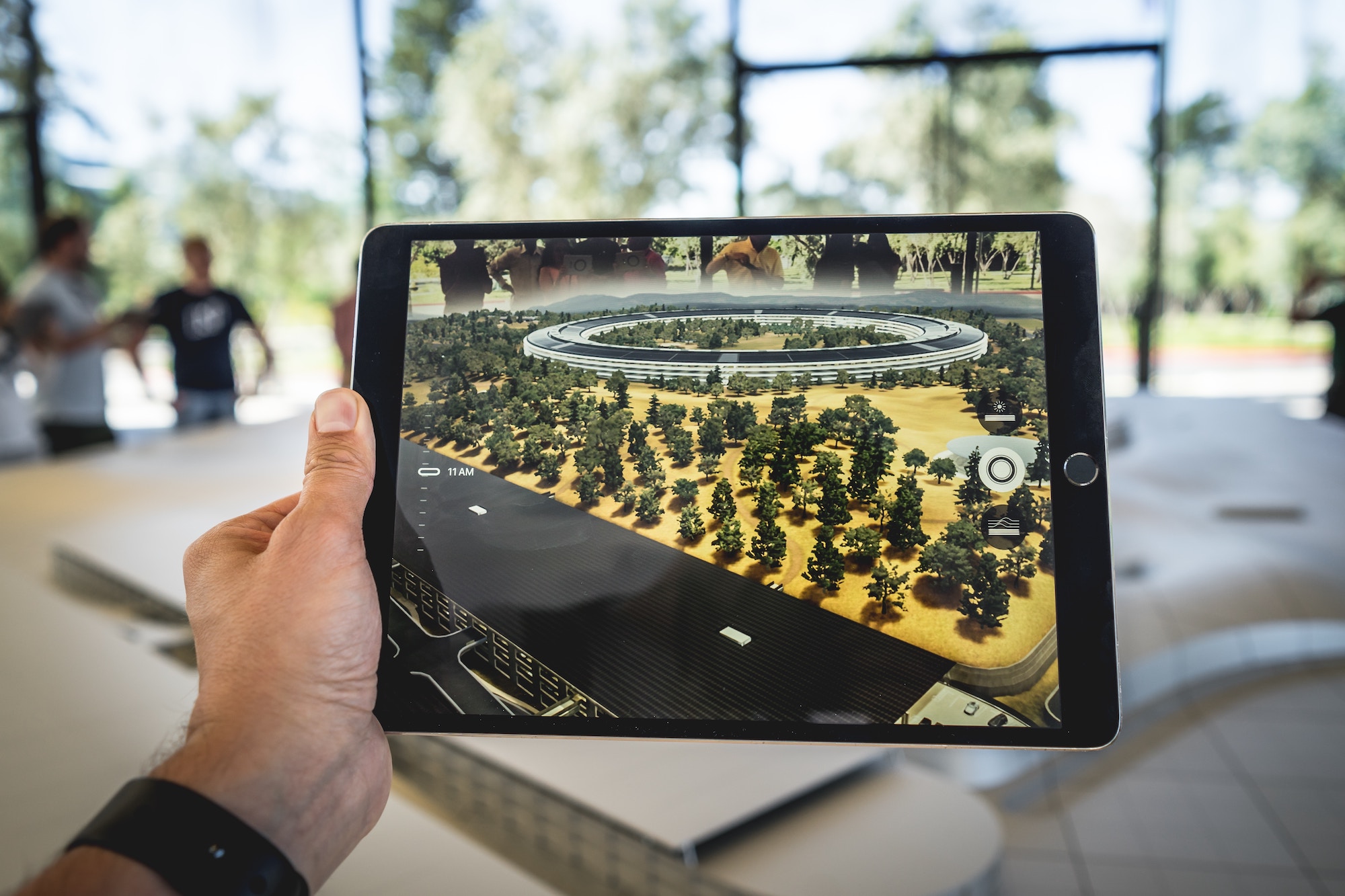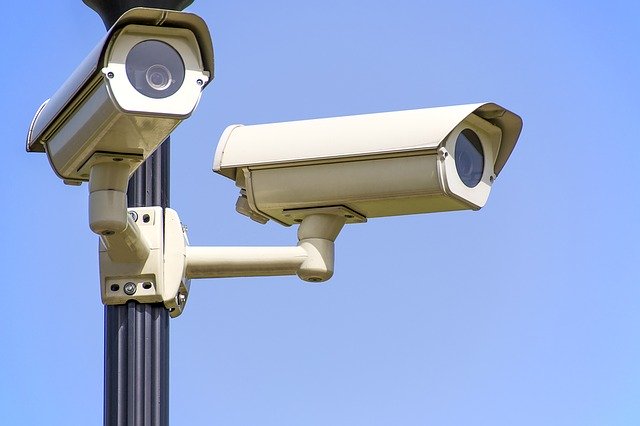When home ownership is a dream but not a reality for your potential clients, there is a way to keep their business. The happy medium between renting and owning is to be a tenant buyer. These types of occupants rent properties that eventually they’d like to own. While renting, tenants can reside in the property and can secure it for future purchase once they are ready for a mortgage, with a percentage of their monthly rent going towards their eventual purchase.
With this specialized option, how do investors attract such a niche market? The most obvious answer is to make the property as attractive as possible, and not just in person. Access to digital information gives rent-to-buyers quicker information in larger quantities. On the flip side, information overload is a risk.
How can agents create more memorable, personalized, and customized experiences of seeing properties?
By using Augmented Reality (AR).
What is AR?
AR is the space between the physical and virtual worlds, which can be explored via videos, computer-generated graphics, sounds, and text to create a physical view of the space. Unlike Virtual Reality, which creates an entirely new simulated environment, AR uses a structure that already exists. Users can experience AR through apps on smartphones, computers, tablets, headsets such as the Microsoft HoloLens, and glasses like as Vuzix Blade.
Why Use AR to Attract Tenant Buyers?
- Improve visualization and engagement
AR can not only show the client the property, but also address their questions about the area, whether they can afford it, and inform them of various other factors like structure, energy ratings, types of materials used, and the vicinity of schools, hospitals, and more. By making 2D images into 3D objects, AR gives the client a stunningly clear picture of the property. They can even place their current furniture in the new space, something they wouldn’t be able to do in person on a visit. This IKEA feature is a great example of AR at its best.
2. Increase reach and profits
When agents can connect with clients digitally, they can reach more potential customers. More rent-to-buyers can experience properties through AR rather than physically. Fewer in-person meetings and more confident decisions make profits go up, ultimately skyrocketing overall sales.
3. Save time and money
When customers have AR on their phone, they can tour the property without physically being there. Their ability to visit the property any time in the digital realm makes their decisions easier. Not needing an agent in person frees up your resources, which is especially valuable when catering to tenant buyers.
You may be envisioning Augmented Reality as science fiction-style properties that fly and have washer-dryers with minds of their own. That may not be too far off into the future. In the present, AR offers a huge advantage for tenant-buyers’ decision-making processes. With any new technology, investors should research all facets of it to make sure it runs seamlessly and is worth using. This type of “experiential” real estate is undoubtedly the wave of the future.





